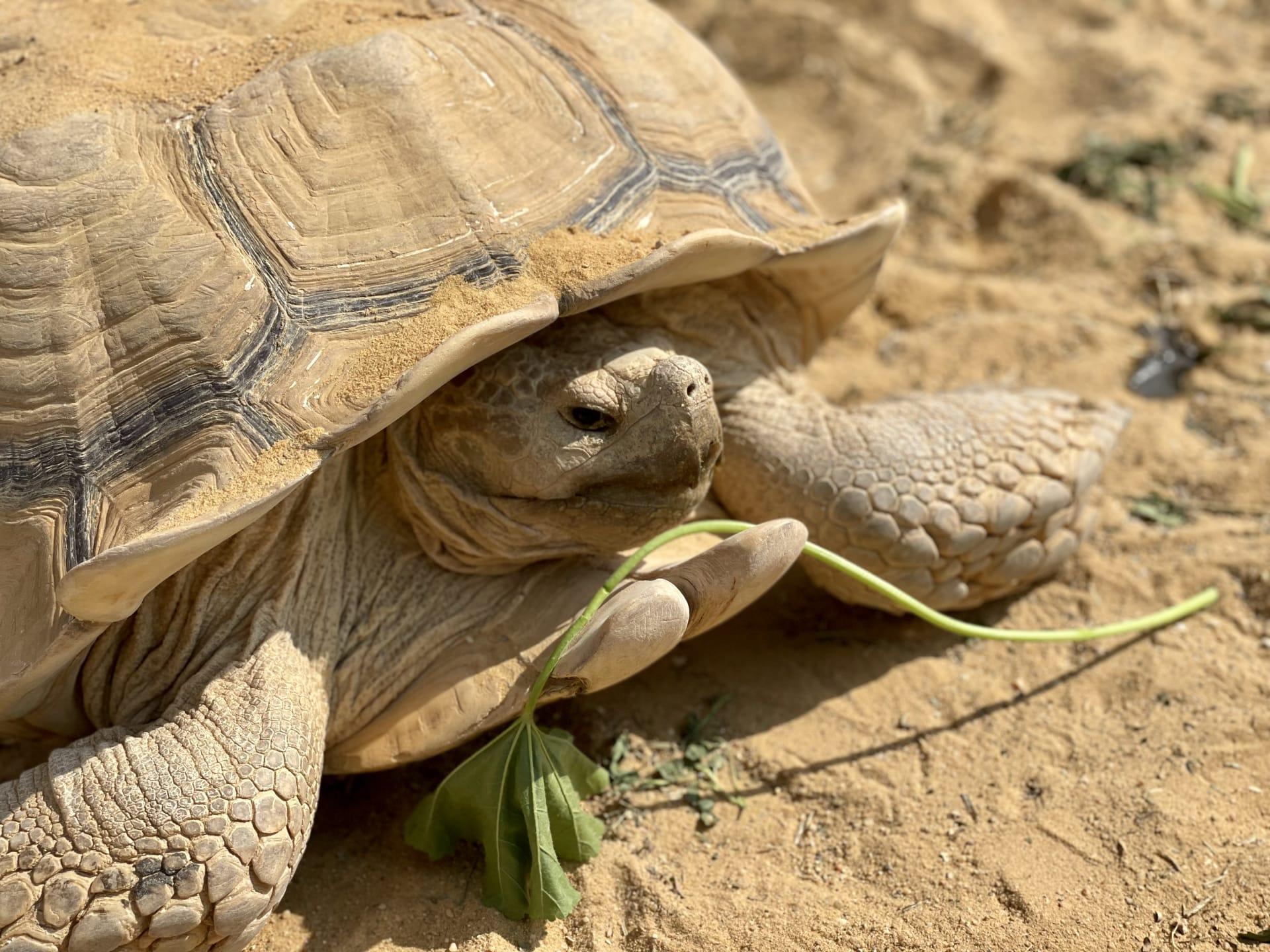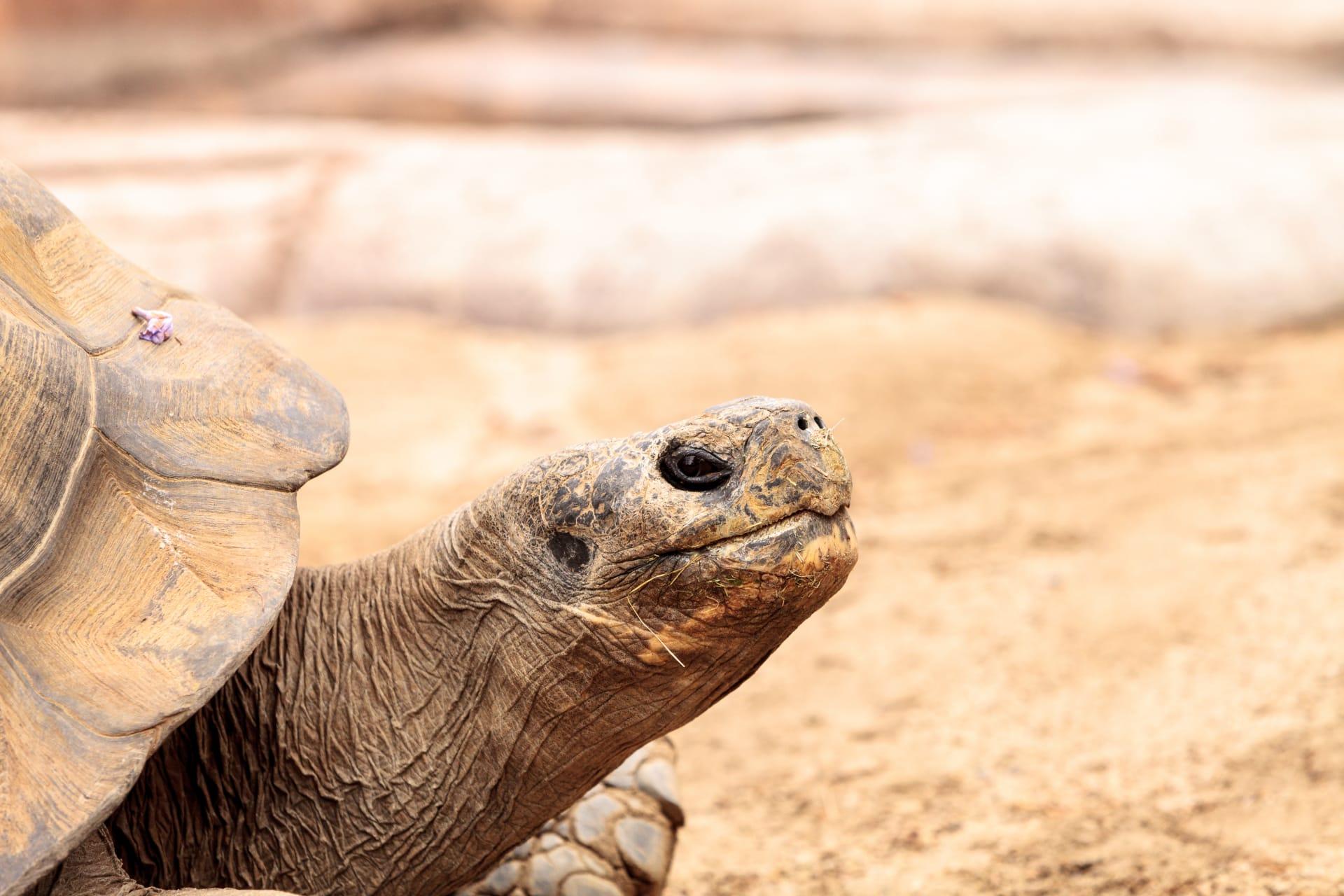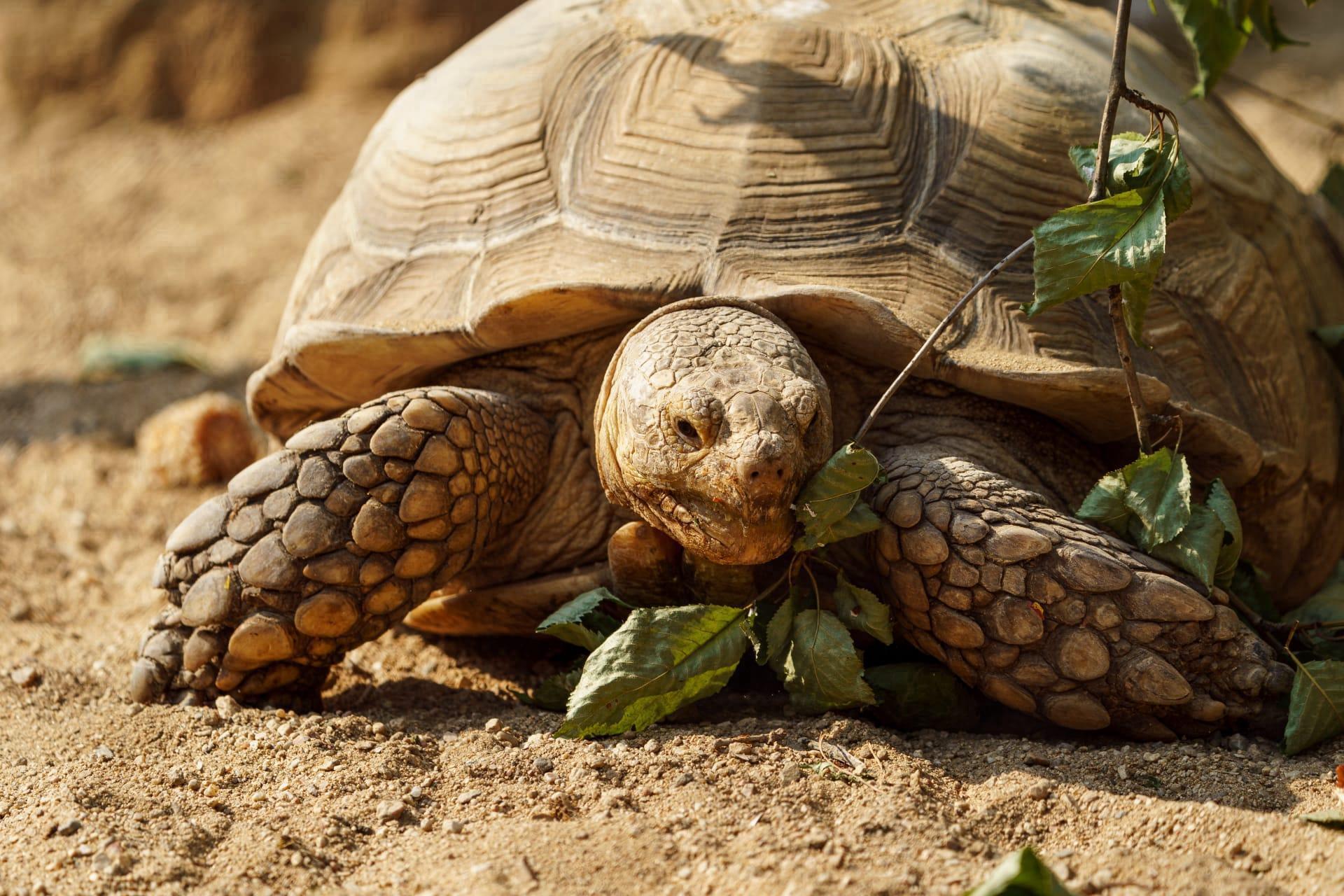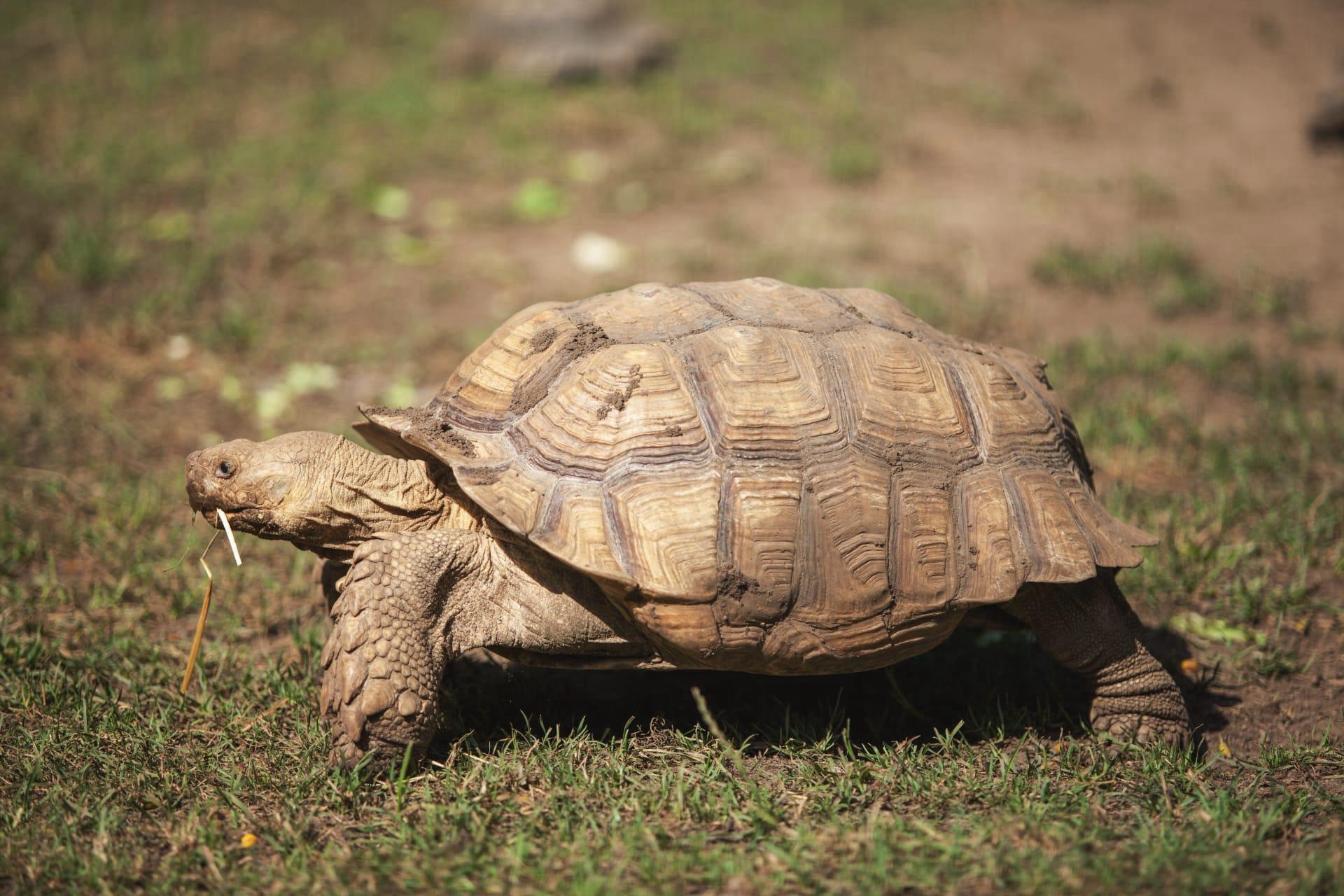Western Desert Tortoise Characteristics
- Home /
- Mini Encyclopedia /
- Animal /
- Western Desert Tortoise Characteristics
1
The Western Desert Tortoise, known for its resilience in arid environments, boasts a sturdy, dome-shaped shell. Adult tortoises typically measure about 9 to 15 inches in length. They have a remarkable lifespan, often living up to 50 years in the wild, and in some cases, they can live for over 80 years. Their longevity is a testament to their hardy nature in challenging desert climates.
One of the most distinctive organs of the Western Desert Tortoise is its bladder. This organ plays a crucial role in their survival, especially in the harsh desert conditions where water is scarce. The bladder can store over 40% of the tortoise's body weight in water, allowing it to go for months, or even up to a year, without drinking. This adaptation is vital for enduring long periods of drought.

2
Question: What do Western Desert Tortoises eat, and how does their diet affect their habitat choices?
Answer: Western Desert Tortoises are primarily herbivorous. Their diet consists of wildflowers, grasses, and cacti. This preference for plant-based food influences their habitat selection, as they tend to reside in areas with abundant vegetation. They play a crucial role in their ecosystem by spreading seeds and promoting plant growth, which is vital for maintaining the health and balance of their desert habitat.

3
Western Desert Tortoises are not known for speed, moving at an average pace of 0.2 to 0.5 kilometers per hour. Their movement is adapted to conserve energy in the hot, arid desert environment. They are most active during the cooler parts of the day, such as early morning and late afternoon.
In terms of hunting, these tortoises are not predators. Instead, they forage for food, eating a variety of plants and occasionally insects. Their slow, methodical foraging strategy is well-suited to their environment, allowing them to efficiently locate and consume the sparse vegetation found in their desert habitats.

4
The Western Desert Tortoise thrives in arid and semi-arid areas, typically in sandy valleys and rocky foothills. They prefer regions with sparse vegetation and access to underground burrows. These burrows, which they either find or dig themselves, provide shelter from extreme temperatures, predators, and help in conserving moisture.
Reproduction in Western Desert Tortoises is seasonal, typically occurring in spring and early summer. Female tortoises lay 4 to 8 eggs, which they bury in sandy nests. These eggs incubate for 90 to 120 days. The hatchlings are vulnerable due to their small size and soft shells, making survival a significant challenge in their early years.

5
Book: "Life in the Slow Lane: The Western Desert Tortoise" by Timothy M. Shields (USA, 1995). This book offers an in-depth look into the life and ecology of the Western Desert Tortoise. Shields, a renowned herpetologist, delves into their behavior, habitat, and the challenges they face in the modern world. The book combines scientific research with engaging anecdotes, providing a comprehensive view of these fascinating creatures.
Book: "Desert Survivor: An Exploration of the Western Desert Tortoise" by Linda J. Allison (USA, 2008). Allison's book is a blend of scientific information and personal observation. It details the tortoise's life cycle, adaptation strategies, and the impact of environmental changes on their survival. The author's passion for conservation shines through, making it not just an informative read but also a call to action for wildlife protection.